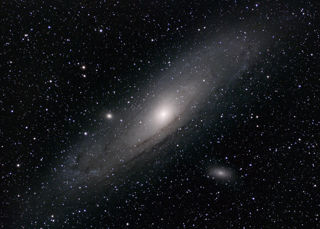
V-2 Gyroscope
V-2 Gyroscope
This gyroscope was designed for use in a V-2 rocket, which was the world’s first long-range guided ballistic missile. The V-2 was 14 metres high and carried an explosive warhead. V-2s would drop from the sky without warning on target cites, leaving a crater around 20 metres wide. When a V-2 rocket was fired during a vertical test launch on 20 June 1944, it became the first human-made object to reach space.This formidable weapon used cutting edge technology at the time. Its automatic guidance system used gyroscopes to continuously track the position of the rocket in flight. If the rocket deviated from its intended course, electrical signals were sent to steering mechanisms in the tail of the rocket to adjust its course accordingly.
The V-2 was developed in Germany during the Second World War. The missiles themselves were manufactured mostly by prisoners pulled from the concentration camps. When the war ended, the Americans, Soviets, and British raced to obtain the V-2 technology and the German scientists behind it. Wernher von Braun, who was leading the work on the V-2, surrendered to the Americans and went on to be heavily involved in their space programme - leading the way on the development of the Saturn V and landing a man on the Moon.
All images:
-
![V-2 Gyroscope - on loan from the Royal Air Force Museum]()
V-2 Gyroscope - on loan from the Royal Air Force Museum -
![A V-2 launch from 1943 - Credit: German Federal Archives]()
A V-2 launch from 1943 - Credit: German Federal Archives -
![V-2 cross-section showing some of the key component parts - Credit: Eberhard Marx]()
V-2 cross-section showing some of the key component parts - Credit: Eberhard Marx -
![U.S. Army V-2 cutaway drawing showing engine, fuel cells, guidance units and warhead - Credit: US Air Force]()
U.S. Army V-2 cutaway drawing showing engine, fuel cells, guidance units and warhead - Credit: US Air Force -
![V2 Rocket Launch - Credit: Naval Research Laboratory]()
V2 Rocket Launch - Credit: Naval Research Laboratory
More information
Object number
L2010-8
Location
Rocket Tower Level 1
Has this object been into space?
No
Dimension - Dimension, Value, Measurement unit
Height: 18cm
Width: 25cm
Depth: 26cm
Material
Metal
Object Production Date
Circa 1944
Object Production Place
Mittelwerk
Kohnstein
Germany
Credit Line
On Loan from the Royal Air Force Museum
On Display Status
On display
Copyright and Photos
Photography is shared via the license below.
However, some objects on this website are on loan to the National Space Centre and are being shared through the permission of their owners.
Commercial use of images from this website is not allowed without additional permissions being granted. To request permission to use images for purposes not covered in the license below, please contact [email protected]
Individual objects on loan to the National Space Centre may have additional copyright permissions, so advice should always be sought before use.
![]()
This work is licensed under a Creative Commons Attribution-NonCommercial 4.0 International License.






